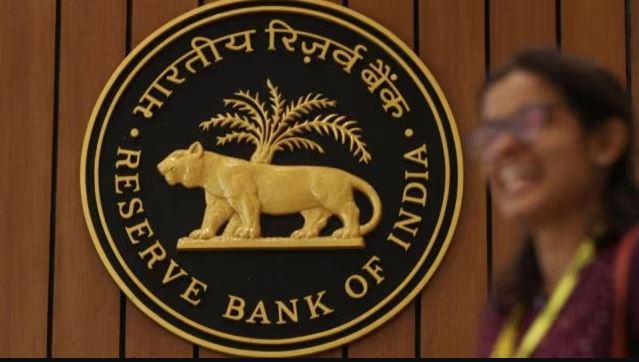The Reserve Bank of India (RBI) has scaled back its investments in US Treasury securities while increasing its gold reserves, reflecting a cautious stance amid global economic uncertainty and new tariff threats from the United States.
According to US Treasury Department data, India’s holdings in US Treasury securities fell from a peak of $247.2 billion in September 2024 to about $227 billion by June 2025. This decline of nearly $20 billion highlights a measured reduction over several months. India remains the 10th-largest investor in US securities but has gradually trimmed exposure.
Tariffs and Reserve Risks
The shift comes just as US President Donald Trump announced a 50% tariff on Indian imports, sparking debate over whether Washington could use financial leverage against India’s reserves. Analysts note that, while rare, the US and allies previously froze Russia’s foreign reserves after its invasion of Ukraine, raising concerns over such possibilities in extreme geopolitical scenarios.
Gold Reserve Rebalancing
The RBI has simultaneously reshaped its gold strategy. Data shows that gold held abroad declined to 348.62 tonnes in March 2025 from 387.26 tonnes a year earlier, while domestic gold reserves surged to 511.99 tonnes from 408.10 tonnes. This reallocation underlines a broader diversification approach.
India’s overall forex reserves reached $694.23 billion at the end of August 2025, supported by this shift toward gold and other sovereign assets.
Broader Investment Mix
While US Treasuries remain a significant part of India’s reserves, the RBI also invests in high-rated government securities from countries like Japan, Germany, France, and the UK, as well as bonds from global institutions including the World Bank, IMF, and ADB. Deposits with central banks and the Bank for International Settlements (BIS) also form part of the portfolio.
The RBI has consistently stressed its threefold priority for reserve management: safety, liquidity, and returns. US Treasuries remain attractive due to their liquidity, but diversification helps reduce concentration risks in any one geography or asset class.
Outlook
With foreign exchange reserves at record levels, the RBI’s cautious recalibration reflects its long-term strategy of risk management. By reducing reliance on US securities, boosting domestic gold holdings, and spreading investments across global sovereign and supranational assets, the central bank aims to safeguard India’s financial stability in the face of geopolitical and economic uncertainties.
